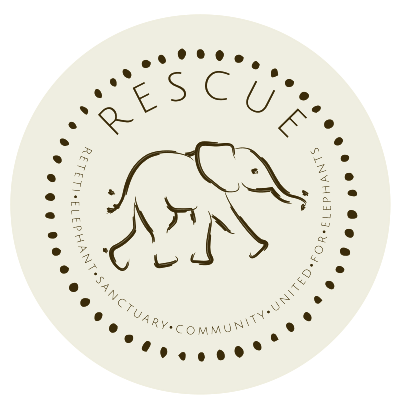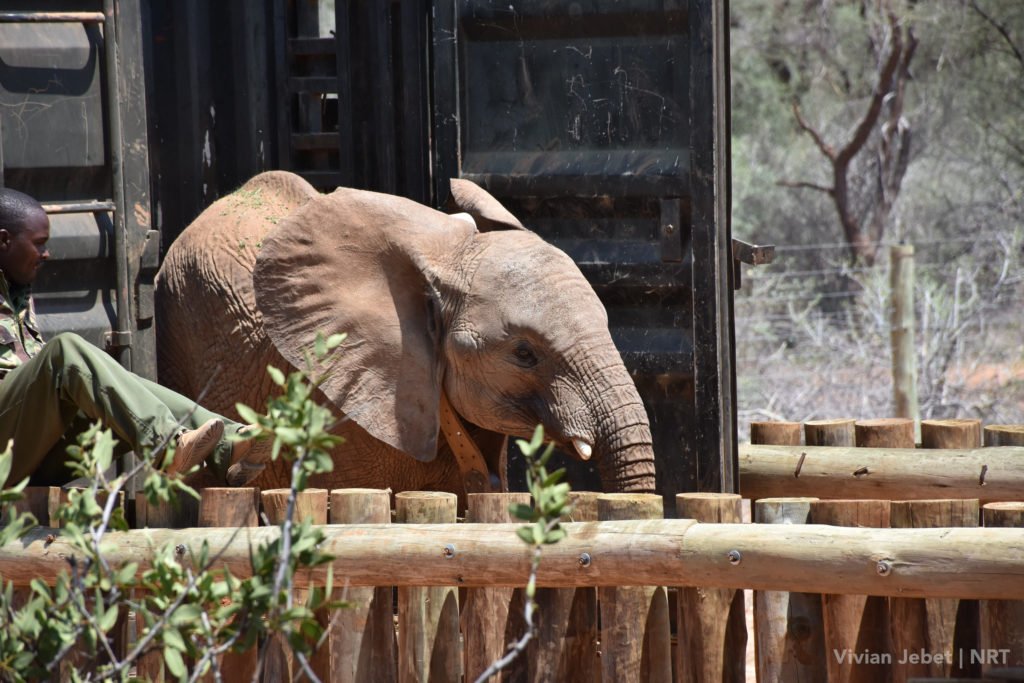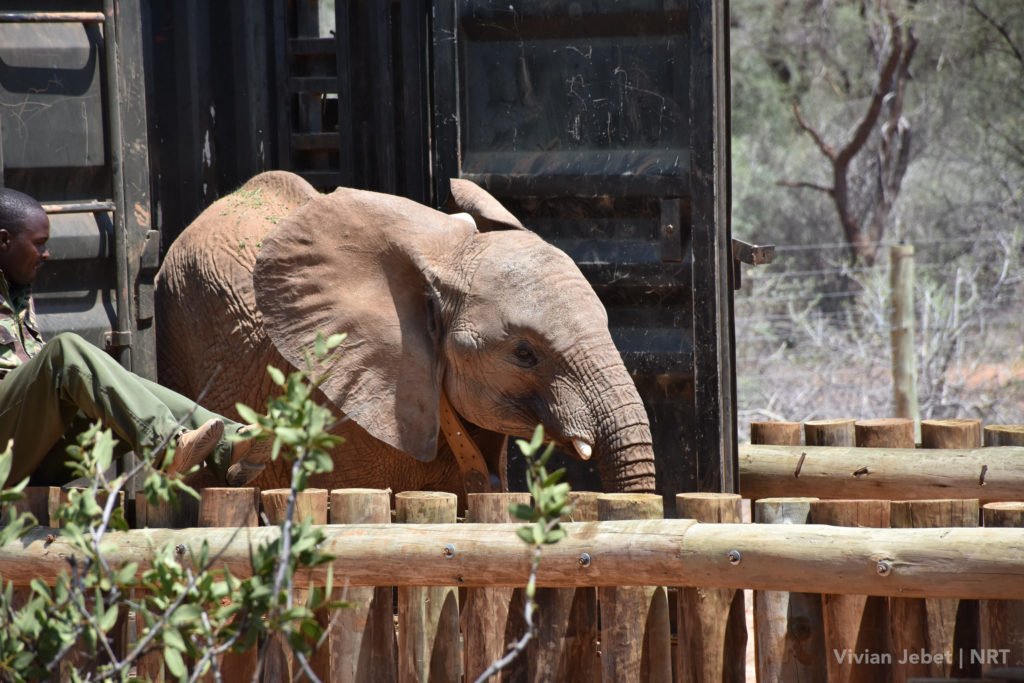Getting to Wild Again; a Reteti Success Story
Separated from their mothers by abandonment or poaching, rescued by community scouts and hand reared by dedicated Samburu keepers, then released fit and strong back into their wild homeland — this is the story of three young elephants that is as heart-breaking as it is heart-warming, and a true testament to the strength of community conservation and partnerships.
In May 2019, we reported that three bull elephants from the Reteti Elephant Sanctuary in Namunyak Community Conservancy had been successfully released back into the wild. Thanks to satellite collars and close on-the-ground monitoring, we’ve been able to keep up with how they’re taking to their new life in Sera Community Conservancy; from their first steps outside of the holding pen, to integrating with a wild herd.
Getting to Wild Again
Warges (4), Sosian (3) and Lingwesi (3) each take their names from the places they were rescued.
Warges all but turned up at the doorstep of the Reteti rescue centre, after losing his mother to a bullet wound and attempting to join another herd. He had followed his surrogate herd up Warges, the highest peak in the Mathews mountain range - into which Reteti is nestled. He returned emaciated and alone, with a spear wound through his ear, and was immediately taken into care. Warges quickly established himself as a happy-go-lucky, friendly big brother to the other elephants, with an insatiable appetite.
Warges at Reteti with keeper Lemarash Ikateyo
Sosian also lost his mother to a poacher’s gun, and while he sustained no physical injury during the attack, he was still caked in his mother’s blood when he arrived, traumatised and confused, at Reteti. While the other elephants stuck their trunks through the wooden posts of their night stalls to try and comfort the new arrival, Sosian’s cries echoed through the valley the whole night - and where even heard by the wild elephants in the area, who rangers report were a lot more agitated than usual. Sosian’s rough and painful start was bravely put behind him however, and he adjusted well to life with his Reteti herd, taking great joy in mud baths and becoming firm friends with Warges and Lingwesi.
Sosian with keeper Leraman Imetekini at Reteti
Lingwesi was rescued from Il Ngwesi Community Conservancy in 2017, thin and malnourished. He had been separated from his herd, but at eight months old the community rangers wanted to wait and see if he was old enough to survive on his own. When his condition grew gradually worse, they called the Reteti rescue team. With the right care, diet and elephant company, Lingwesi made a speedy recovery, quickly putting on weight and showing his playful side. His unbreakable friendship with Warges and Sosian, and their similar age range, made them great candidates for Reteti’s first release.
Lingwesi browsing in the bush with the other Reteti elephants
After months of planning with the Kenya Wildlife Service, careful crate-training, meticulous health checks and release-sites suitability assessments, Warges, Sosian and Lingwesi were ready for release.
Warges leaves the transport crate and steps into his new home in Sera Community Conservancy
Reteti’s first priority is to reunite lost or abandoned elephants with their herd, and only failing several attempts at that will they bring them in. The next best outcome is that all the elephants in Reteti’s care are re-released when they are ready.
Sera Community Conservancy was chosen as the release site for the young bulls due to its good security, low predator density and good monitoring infrastructure, already well-established to support the community-run black rhino sanctuary there.
The calves were released into a large temporary holding pen in Sera, which provided them shade, water, a mud bath and browse. The pen allowed them to be carefully monitored as they grew used to the new sights and smells of the area, and enabled keepers to continue their two bottle feeds each a day. The original plan had been to keep the calves in the pen for a week, but within three days the boys had mapped the water points and good browse areas, and stopped returning to their night stalls. The pen was opened up, and for the first two days keepers bottle-fed the calves at random sites in the bush when they found them. It was clear from their energy, good body condition and refusal to return to their pens that the young bulls were ready for their wild life.
One Month Wild
Thanks to their tracking collars, we know that the three bulls are visiting water point regularly, and averaging 14 kilometres of walking a day in search of browse. Perhaps the most promising sighting however, is that rangers have seen the calves associating with wild elephants in Sera; the best outcome all involved had hoped for.









